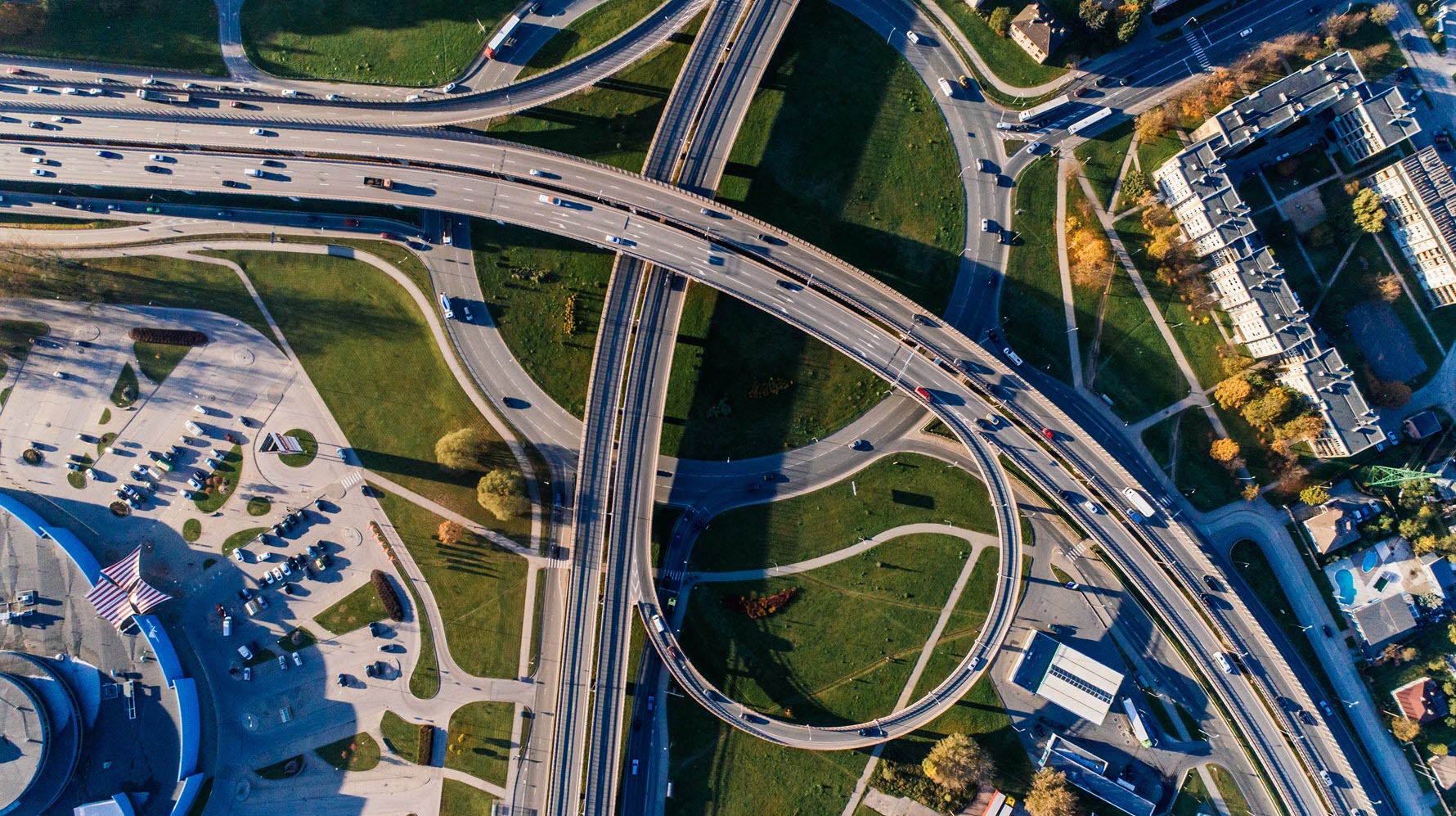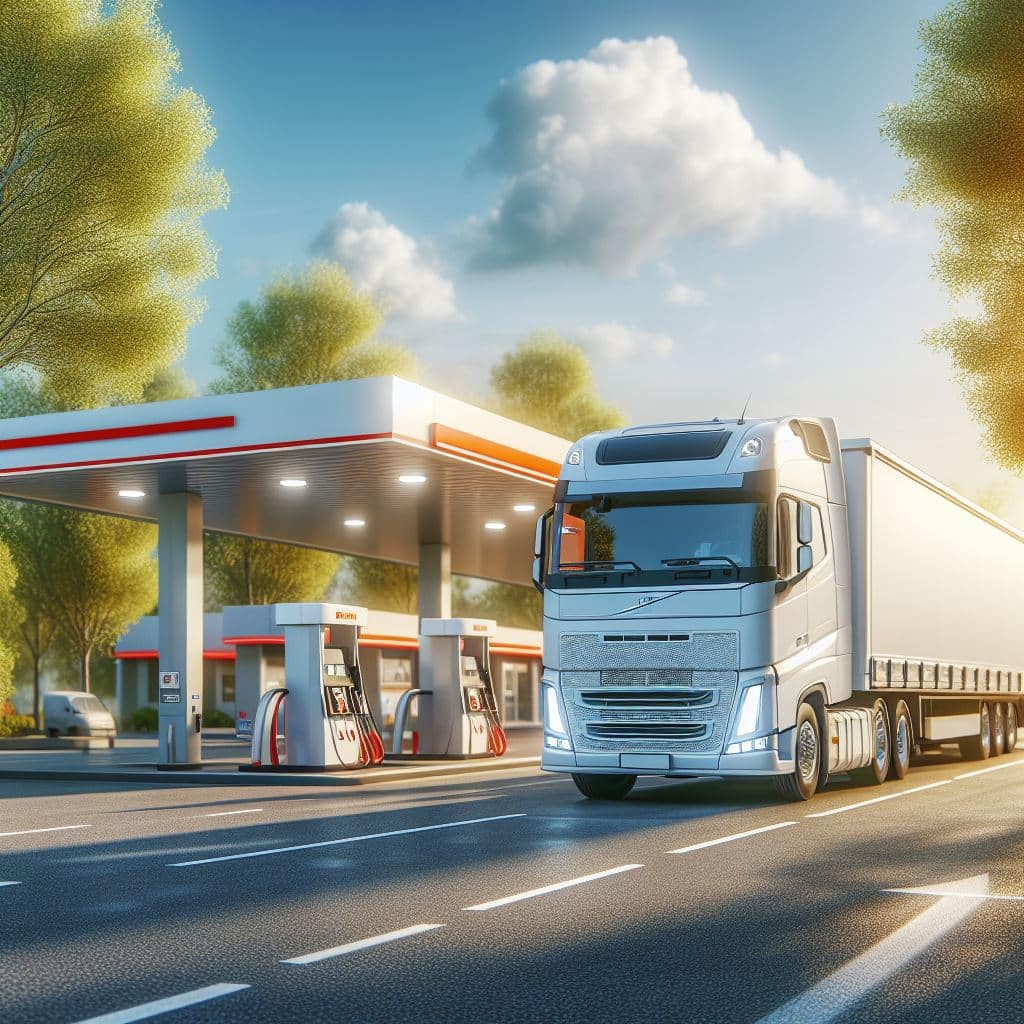
Blogs, Data, Data, Events, Warehousing, Warehousing
Smart warehouse for logistics service providers: what is it?
Date
31 October, 2019
Reading time
4min. reading time
Nowadays, many things around us are smart. You undoubtfully have a smartphone just like me. Maybe you even own a smartwatch. Also televisions, thermostats and fridges come in smart versions of themselves. Before you know it, your entire house is packed with smart articles. Does this make it a smart house? I do not think that they officially exist, but a smart warehouse most definitely does. What exactly is a smart warehouse and what standards should it meet to be called one? En more important: what do you, as a logistics service provider, gain from it?
The characteristics of a smart warehouse
To get an answer to the questions above, I will first mention the general characteristics of a smart warehouse. Next, these characteristics will be explained with specific examples or applications. In the basis, smart warehousing stands for exchanging logistics- and mobility data. In other words: automation combined with connections with devices and machines that exchange data en thus deliver information that allows you to work more efficient.
So which characteristics can we retrieve from this definition? Firstly: working data driven. And secondly the term automation, digitization’s follow-up, comes forward. The third characteristic relates to connection with machines. Finally, the words mobility data covers the connectivity with transport, or the step towards smart logistics.
A smart warehouse is driven by data
Let’s begin with the demand that data should be at the center of a smart warehouse. With data, or in other words, information, you can go in any direction. With the right real-time information you gain communication options towards your customers. Also, by using clear reports you get insight in your most important KPI’s. And this helps you to precisely adjust your work activities. Which for example leads to a more efficiently designed warehouse. This way information influences many parts of your organization. And what is so nice about it: data is within your reach. It is up to you how smart you deal with it.
From digitization to automation
Next, the characteristic automation. Where digitization mainly explains the step towards working paperless, automation takes us to the step after that. With automation you design your warehouse- or other processes in a way, that they do not need any human interaction after the first step. Think for example about the goods-in process. You scan these goods and the system instantly attaches them to the regarding customer. After, your financial solution (seamlessly integrated or managed via EDI) adds these to the invoice, which automatically gets sent in a personal e-mail towards your customer. In that case, you are talking about an automated, smart warehouse.
Man and machine go hand in hand
Thirdly, the mechanical aspect of the smart warehouse. Because what do we see if we look at the comparisons between all smart units in the introduction? From fridge to smartwatch, from television to thermostat: they are all devices. And a smart warehouse is not smart without them. Although there are many fully automated warehouses, this is not a strict requirement. Machines make the job of the employees easier, they do not necessarily have to take over the job. By realizing smart integrations with weighing systems or your Warehouse Control System, or using self-driving forklifts (with safety sensors) in your warehouse, you will work smarter, faster and especially safer.
From a smart warehouse towards smart logistics
Finally the fourth aspect: the step towards the totally smart picture. Because even though logistics revolves a lot around warehouses, it usually does not begin or end there. Namely, goods get produced, assembled, transported, stored, transported again and delivered at a retailer or the end consumer. In this process, the transportation part is very important and a smart warehouse is therefore exactly adjusted to your own truck fleet or the one of external transport companies. For example, you keep the throughput at your load docks high by booking time zones for transporters. Or you keep your terrain clear with Gate Access Control. And of course you limit your costs by letting your trucks drive away efficiently loaded as possible. You realize this all with a warehouse that seamlessly matches your transport activities.
What do you gain from a smart warehouse?
By investing in working with data, automation, connections with smart and safe machines, and adjustment to your transport activities, you create a smart warehouse. Hereby you book improvements in your efficiency, insights and possibilities towards your customers. And it makes the step to an Intelligent (predictive and advising) warehouse smaller in the future. Are you curious where your possibilities lie to take the right steps towards a smart warehouse?

